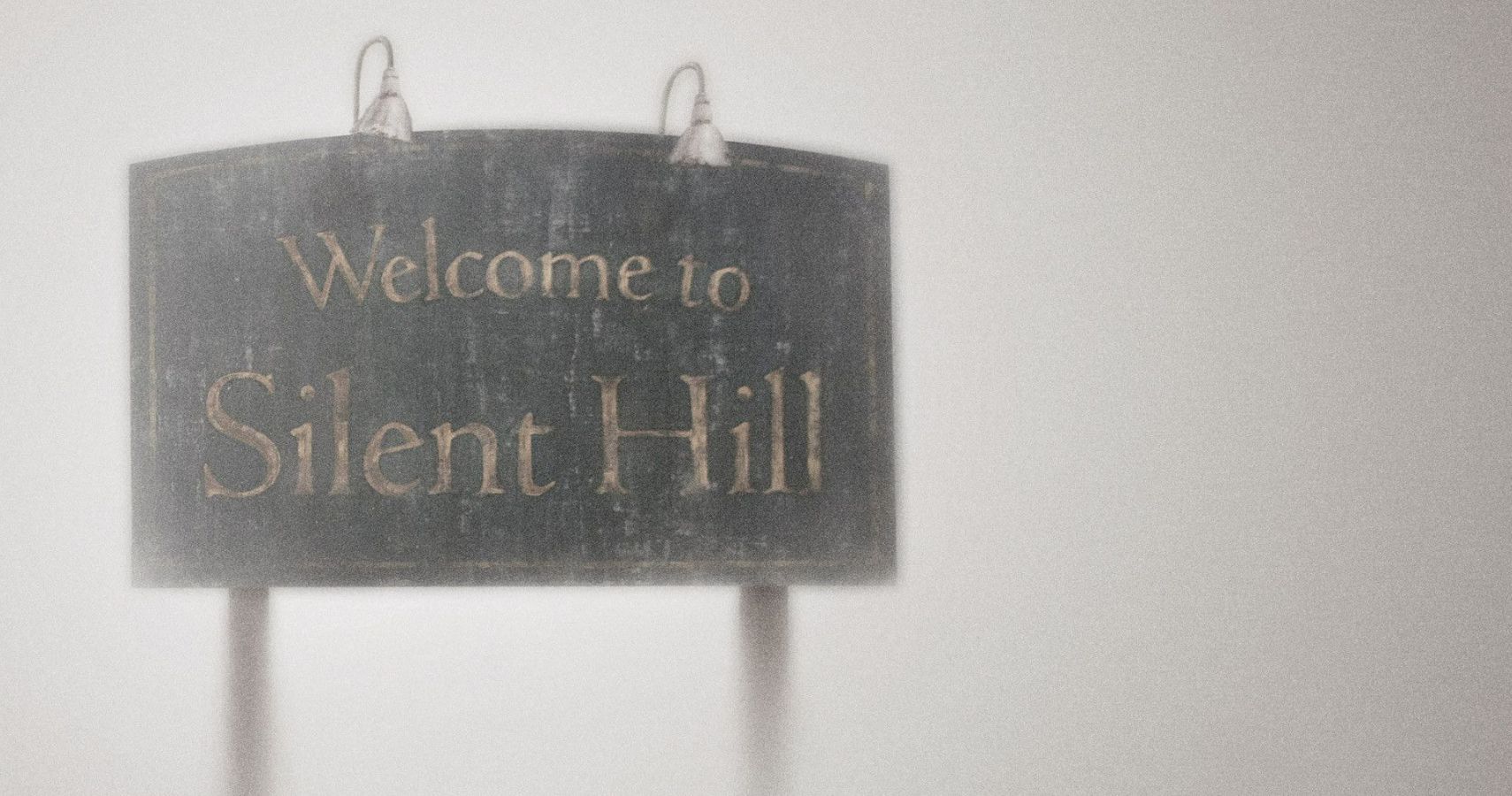
Silent Hill • Putting the ‘Hill’ in ‘Chills’
More Videos
Published
4 years agoon
By
Jake Neville
We’re back on the PS1 this week for a landmark achievement in gaming. Not only are we celebrating the revered first installment of the Silent Hill series, but we are also celebrating my first ever playthrough of the game! ‘First ever?’ I hear you longtime readers of my pen say. ‘But you are the king of survival horrors on the Play Station One!’ I hear you also say. Well, before I jump into any kind of review, it’s important to mention just how rare this game actually is and how hard it was to get my hands on it finally. This game easily goes for at least $80 AUD ($55 USD) secondhand and on retro gaming stores. The sheer scarcity of this game is a testament to its place in horror gaming. Not only is it a strong influence on future horror titles to come, but it is regarded by some as the penultimate culmination of all the survival horror titles before it during the genre’s boom on the PS1. Konami set out to create a Resident Evil of their own in 1999, and what they delivered was a completely unique and unforgetably terrifying experience that would birth a devoted cult following and some of gaming’s most memorable moments.
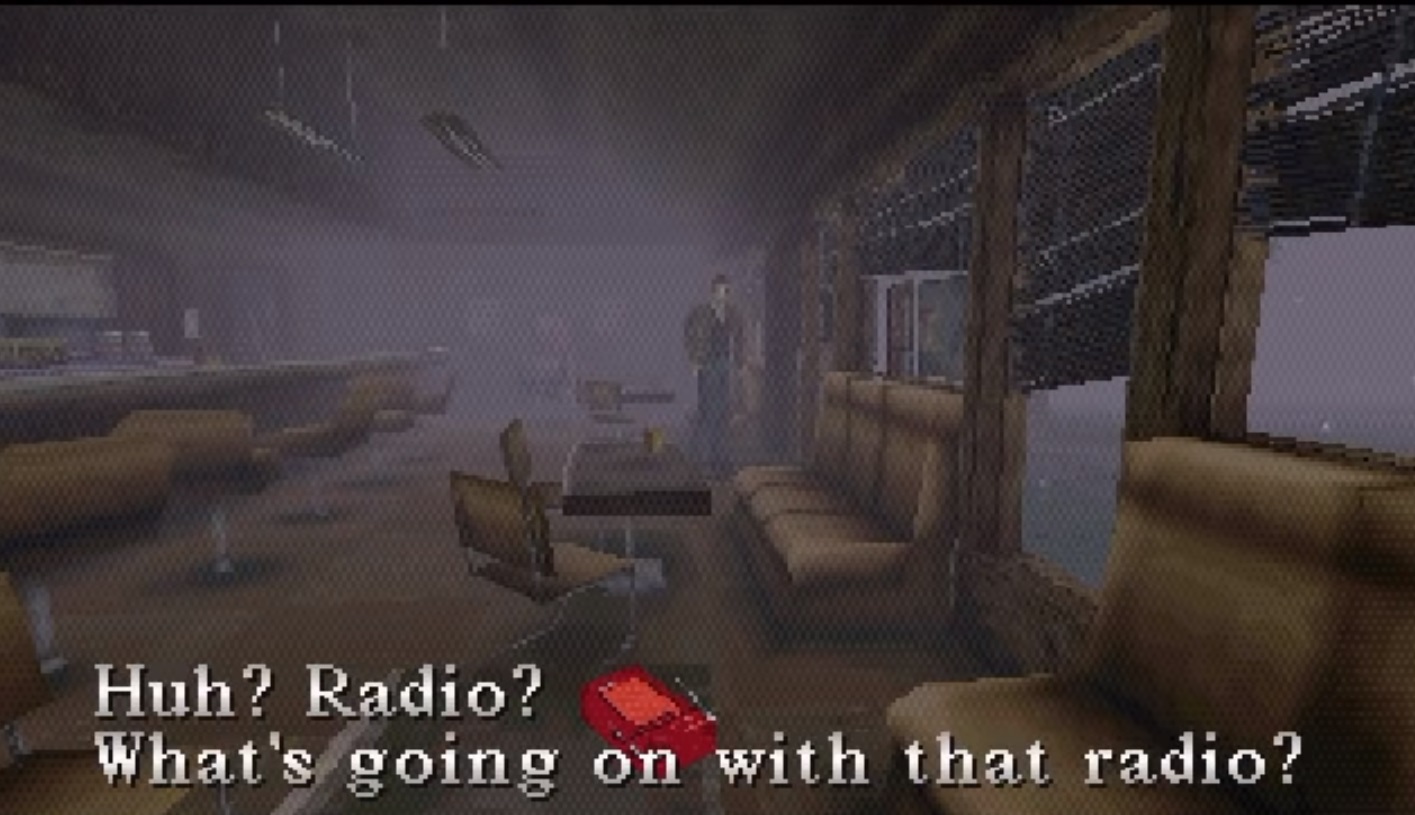
What the fog is going on in this town?
The player inhabits the character of widower Harry Mason who has come to the town of Silent Hill on a vacation with his daughter, Cheryl. But when the game starts, Harry crashes his car and when he wakes up he finds that Cheryl is missing. Thus begins Harry’s adventure (ordeal?) in the abandoned and ever-foggy town of Silent Hill… that is also overrun with monsters for no actual reason (they might be a manifestation of a nightmare, but who’s to say?).
The plot is simple, and thank Samael, because the lore and backstory that encompasses the town and explains why it is the way it is is thorough, deep, and multi-faceted. This is where the game shines in that aspect. Diary entries are far and few between to fill in story gaps, and it isn’t until the final third of the game that the player is clued into what is happening, other than the obvious fact that there is some kind of demon rite, culty aspect to the story. The fact that the game leaves the whereabouts of the people, the reason why the town is half-foggy half-iron-hellscape, and if any of the strange and abstract horrors are actually real, enhances the experience by prompting the player to fill in the gaps with their imagination and interpretation. As for the actual narrative, it serves more the purpose to take Harry to spooky locations like a demon-amusement park, an abandoned school, and a disgusting hospital.

Non-descript monsters galore!
As is the way with survival horror, much of the game is built on exploration, puzzle solving and combat. Interestingly, Silent Hill does not challenge the player to manage inventory, likely due to Konami’s interest in distancing themselves from Capcom. And they do! While the game does feature puzzles and key item collection, it isn’t set up so much in the escape room way that Resident Evil is thanks to Silent Hill‘s semi-open world experience. Instead of a mansion to explore, the entire town of Silent Hill is your mansion, and within that is the aforementioned mini-mansions like the school and hospital. Since Harry has an entire town to be able to traverse, he is generally very fast moving, and so are his enemies.
The game is not a zombie game, it’s a supernatural horror, and as such the enemies are very not of this world. Harry comes armed with a variety of useless melee weapons and some uninspired and difficult to fire guns to fight against cockroaches, dogs, big-clawed moles, grasshopper lizards, and I think gorillas, that all keep him on his toes. Aside from the end boss and the possessed nurses, many of the game’s enemies and bosses are quite lazy in design and don’t really fit in with the world, which I felt detracted from the experience instead of enhancing it in the abstract horror way you’d expect of the psychological horror Silent Hill is founded on.

Drag me to hell and back, and then to hell again, and back one more time
The strongest aspect to the Silent Hill experience is the atmosphere and the various horror elements it is built on. Due to the limit of the PlayStation One’s processing power, and due to the exciting fact that this game is rendered entirely in-game (not a pre-rendered 2D background or asset in sight!), means that the player can only ever see a few metres ahead of them at any given time. This limitation is the explanation for the game’s ever-present fog and darkness and serves as such an unsettling source of atmosphere for the game that the town is synonymous with its fog now. In conjunction, Harry carries a radio with him that has the benefit of crackling softly when an enemy is nearby heightening the eeriness of the fog evermore.
Conversely, the hellscape that Harry is brought to again and again warps the town into a strange and bloody iron fortress that is so grotesque and filled with such disturbing imagery that it is hard to ever wipe the mind of the impacting PS1 graphics. But none of this would work so well if it weren’t for the soundtrack that is most times atmospheric and at the same time avant-garde in its atonality and use of unconventional instrumentation, leaving the player deeply rattled the whole way through. And the times that the game isn’t trying to drive the player insane with its mind-melting dimension swaps and spooky atmospheres, the title is home to some of the most beautiful and melancholic arrangements I’ve ever heard from a video game (Lisa Garland, I’m looking at you).
Good + ending
This game is good. It’s good plus. It’s great. It’s a classic. It has everything going for it, especially its unique use of supernatural and psychological horror that was relatively unseen until its debut in gaming and its visionary new game plus system combined with multiple endings leading to plenty of replayability. But it’s a very serious game. It is dark and grim and rooted in tragedy. Fans of the series know that the game does have a few hidden silly moments, but that was probably my least favourite aspect of the game. It is unrelenting in its depressive tone and the game feels hopeless, and for me at times it lead the game to feel unfun. Overall it was enjoyable and was a fantastic horror experience, and the fact that the game actually made me feel hopeless should be a massive plus but it did make the drive to finish the game difficult. Outside of this and my opinion on the uninspired enemies, this game is perfect and is a must-play for all horror officianados. Four Cthulhus out of five. More to be read here.

You may like
Gaming
Stygian: Reign of the Old Ones (2019), a Game Review
Stygian: Reign of the Old Ones (2019) is a tactical role-playing video game developed by Cultic Games, evoking Lovecraftian horror.
Published
3 months agoon
April 30, 2024
Stygian: Reign of the Old Ones (2019) is a tactical role-playing video game developed by Cultic Games, evoking Lovecraftian and cosmic horror. Published by Fulqrum Publishing, this game is available through Linux, macOS, and Windows. This review will cover the $19.99 Steam release.
The Great Old Ones have awakened, exiling Arkham after the events of Black Day. Design your character and face the abominations of Arkham. Explore the 1920s through a Lovecraftian aesthetic as you unravel the secrets that plague Arkham, facing unknowable cosmic horror and malicious abominations.
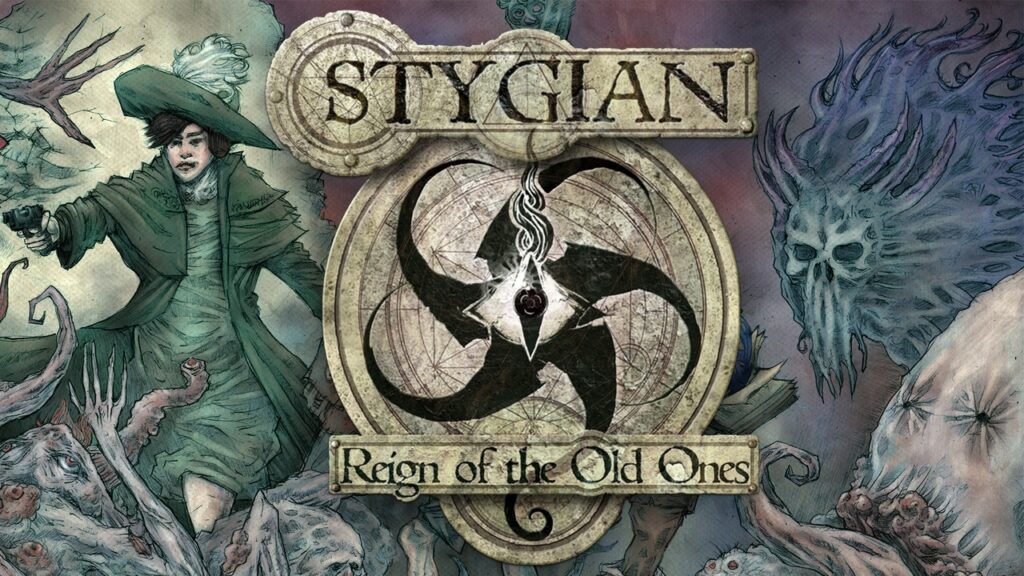
What I Like Stygian: Reign of the Old Ones
The depth of character creation starts the game off on the right foot. While appearance has various options, the game provides greater variety in motives, age, and origins, adding different gameplay elements. For example, age reflects lived experience and physical competency. The younger your character, the less experienced but more physically capable. This dynamic requires trial and error to find the best choice for you.
The paper cutout art provides a unique interpretation of a familiar (but stylish) Lovecraftian aesthetic. While not the most haunting execution of the Lovecraftian, it still manages to unsettle and unnerve while maintaining visual interest. That said, if the style doesn’t suit the player’s taste, Stygian: Reign of the Old Ones might leave that player wanting.
While I find the story engaging and the mysteries worth exploring, there’s a massive caveat to that claim. Regardless, if you fancy the Lovecraftian, few care as deeply and express as much knowledge of the genre as Cultic Games in this installment. This love and knowledge shines through in the often subtle allusions and references to the expanded universe. It may earn its place as the most Lovecraftian game out there.
The characters vary in interest and likability, but there’s usually something about them to add to the overall mystery. Naturally, this remains most evident in the companions that accompany the player on their journey.
In terms of horror, Stygian: Reign of the Old Ones achieves notable success. Despite the subjective points of aesthetics, the game brings out the most unsettling and uncomfortable elements of Lovecraftian and cosmic horror.

Tropes, Triggers, and Considerations
With an understanding of the Lovecraftian comes the question of how to deal with racism. Most properties try to remove this context, but Stygian: Reign of the Old Ones recognizes the text and era (the 1920s) with caricatures such as a lunatic in blackface. I won’t say it fully explores these toxic elements, but it’s not painted in a positive light.
Insanity and mental illness play a large role in the mechanics of the game, such as becoming a key component of casting spells. Loosely related, drug addiction and usage are mechanics with varying degrees of necessity depending on your build.
If these are deal breakers, perhaps give Stygian: Reign of the Old Ones a skip.
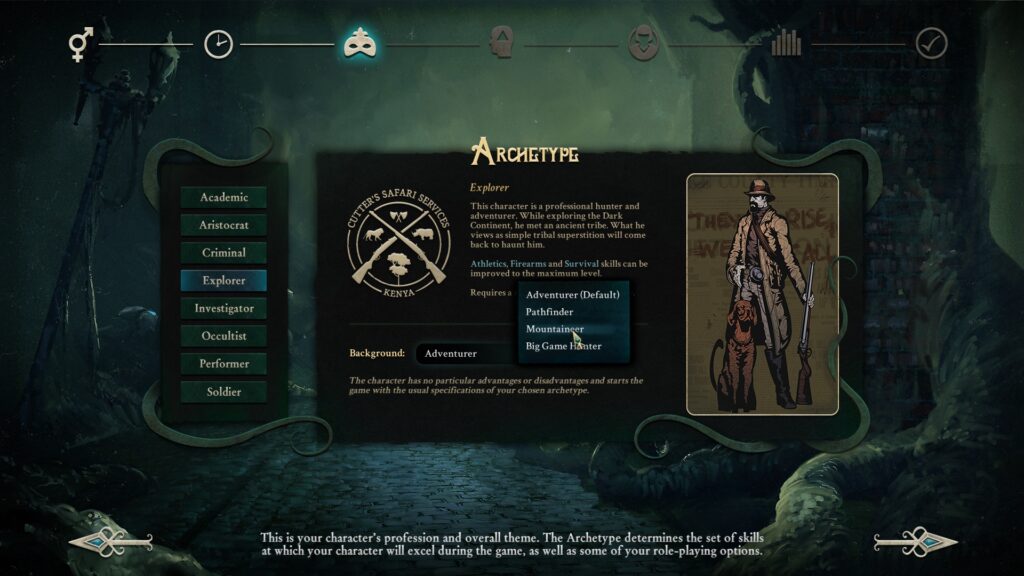
What I Dislike about Stygian: Reign of the Old Ones
In terms of story, this game is unfinished, leaving many plots, quests, and arcs with unsatisfying cliffhangers. My understanding is that Cultic Games planned to finish the game, but money ran out, and the focus shifted to an upcoming prequel. I imagine the goal is to use this new game to support a continuation. But that doesn’t change the unfinished state of Stygian: Reign of the Old Ones. The beginning and middle remain filled with content, but the final act (loosely stated) falls monstrously short.
While this unfinished state mostly affects content, I did run into game-breaking bugs. From my understanding, these bugs completely hinder progress. Most are avoidable, but some are unlucky draws.
It’s these points that make this a challenge to recommend, requiring the potential player’s careful consideration.

Final Thoughts
Stygian: Reign of the Old Ones accomplishes what many games fail, bringing to life the Lovecraftian. Unfortunately, this game falls short at the end and leaves game-breaking bugs as potential deterrents for full enjoyment. If what you read above entices you, it may be worth the investment. However, it’s unfair to recommend this game within its compromised state.
Gaming
Ashen (2018), a Game Review
Ashen (2018) is a souls-like action RPG developed by A44 and published by Annapurna Interactive available across all platforms.
Published
3 months agoon
April 30, 2024
Ashen (2018) is a souls-like action RPG game developed by A44 and published by Annapurna Interactive. This game provides a single-player and multiplayer experience with passive multiplayer mechanics. For this review, I am discussing the 39.99 Steam release, but it’s also available in the Epic Game Store, Xbox, Nintendo Switch, and PlayStation.
In this bitter world, your character seeks to make a home for yourself and others. This goal requires you to fight for every inch of land, building connections and alliances to maintain a thriving village. Venture further to make the world a more hospitable place, but know the further you travel, the greater the threats.
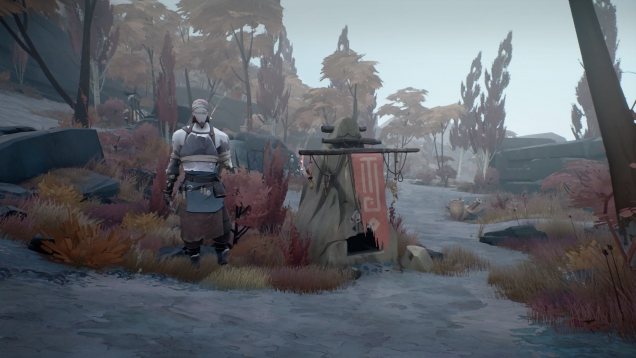
What I Like about Ashen
In 2017, Ashen earned a nomination for the Game Critics Awards’ “Best Independent Game.” It would later earn several more nominations in 2019. At the National Academy of Video Game Trade Reviewers Awards, it received nominations for “Game, Original Role Playing” and “Original Light Mix Score, New IP.” It was nominated for “Most Promising New Intellectual Property” at the SXSW Gaming Awards. Finally, at the Golden Joystick Awards, it earned a nomination for “Xbox Game of the Year.”
The multiplayer experience remains essential for Ashen, focusing on you and a partner venturing together to explore an open-world environment. However, the single-player experience is my focus and the game accounts for this gameplay. Ashen often pairs you with a villager who helps with the challenges.
The art style remains a plus throughout the gameplay. Though muted in colors and lacking finer details, the style creates a unique world that allows players to get lost along their journey. If the aesthetic doesn’t evoke that curiosity, then Ashen becomes hard to recommend.
Vagrant’s Rest and the inhabitants remain a strong incentive to continue on your journey. Seeing the progression of the town and building connections with the people provide the most rewarding experience.
In terms of horror, the art style often evokes an eerie atmosphere. However, I won’t go so far as to say the game is haunting. Instead, it evokes emotions that can unsettle and unnerve the gamer.

Thoughts and Considerations
The souls-like influence remains straightforward. Progression requires the player to defeat enemies and collect currency for weapons or certain item upgrades. Ashen simplifies and focuses its gameplay, reducing variety to polish its choices. The gameplay remains fluid, with a few hiccups that might be a computer issue.
If you prefer magic or defined classes, the gameplay doesn’t enable this variety. Item upgrades and choices define your playstyle, allowing most items to be playable at any stage of gameplay.
Weapons make a greater difference in playstyle. Most of these differences are self-evident (i.e. blunt weapons are slower but stun), but upgrades make any weapon viable. You pick an aesthetic and function, sticking with it until something better catches your eye.
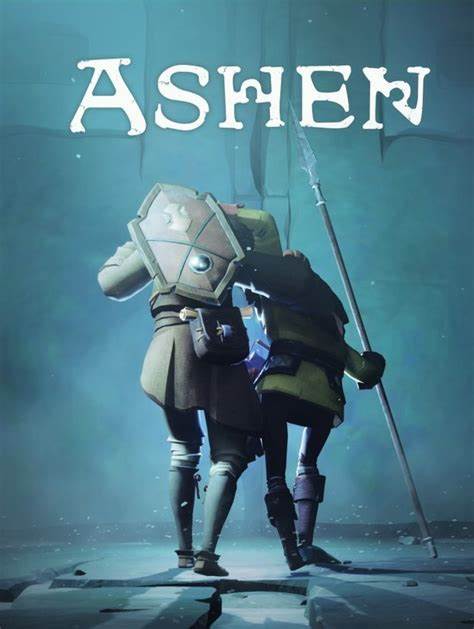
What I Dislike about Ashen
As mentioned, the game had some technical issues. I often assume this to be my computer, but I did note a few others mentioning similar issues. The gameplay remains fluid, so take this comment as a small point of consideration.
With limited roleplay options, liking the characters or art style remains essential for your time and money investment. As mentioned, the game doesn’t hold the variety of FromSoftware, which means their selling point comes from that unique art style and world.
Passive multiplayer is a major part of the marketing for Ashen. While I don’t mind this mechanic, 6 years after release reduces the overall impact. When so few wanderers appear in your game, it’s hard to see the overall appeal.

Final Thoughts
Ashen delivers a highly specialized souls-like experience, preferring to perfect what it can at the cost of variety. If the art appeals and the thirst for a souls-like has you wanting, Ashen stands as a strong contender. However, there are many contenders which make this hard to overtly recommend.
Gaming
I Have No Mouth, and I Must Scream (1995), a Game Review
I Have No Mouth, and I Must Scream (1995) is a point-and-click horror game based on Harlan Ellison’s award-winning short story.
Published
3 months agoon
April 29, 2024
I Have No Mouth, and I Must Scream (1995) is a point-and-click horror game based on Harlan Ellison’s award-winning short story of the same name. Developed by Cyberdreams and The Dreamers Guild, this adaptation brings a new perspective to a familiar story. I heard of free purchasing opportunities for this game but cannot verify the quality. For this review, I played the 5.99 Steam release.
Play as one of the remaining humans on earth: Gorrister, Benny, Ellen, Nimdok, and Ted. Each faces a unique challenge from their common torturer, the AI supercomputer known as AM. Chosen by AM to endure torment, these challenges require the participants to face their greatest failures and tragedies.
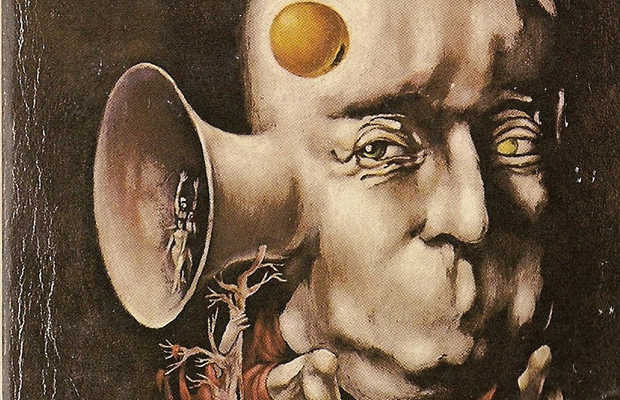
What I like about I Have No Mouth, and I Must Scream
Having experienced this story a few times, Harlan Ellison provides the most substantive execution of his vision and moral questions in this game. While all have individual merits, I assume the added content and context better dive into the relevant points he hoped to explore. He also played the voice of AM, giving us the emotional complexity of the machine as he saw it.
As the above comment indicates, I Have No Mouth, and I Must Scream remains a faithful adaptation with only one notable change. While that one change does reflect in that character’s journey, it uses that opportunity to the fullest. Where the short story left room for potentially inaccurate interpretations of the characters, this added context makes us better understand them.
The game’s writing remains a selling point for this story-driven experience. It dives further into the lore of the human characters and even allows further development of AM in the process. There are many ways to progress, and the multiple characters allow gamers to adventure further if stuck. That said, progressing individual characters to complete their journey remains essential for the true ending and experience.
As a point-and-click game made in 1995, I Have No Mouth, and I Must Scream holds up well. In many ways, it pushed the genre in its time with dynamic storytelling and game features. Harlan Ellison was someone who pushed boundaries to challenge himself and others. He saw the gaming industry as another opportunity to evoke story-driven art, a focus reflected here.

Thoughts, Triggers, and Considerations
I Have No Mouth, and I Must Scream adapts a dark and bleak story from an author notorious for his dark material. This game is no exception to that standard. Mental illness, sexual assault, genocide, and torture envelop the game. These elements are handled with attention but remain triggering to those sensitive to such dark material.
If these are deal breakers, I Have No Mouth, and I Must Scream will likely earn a skip.
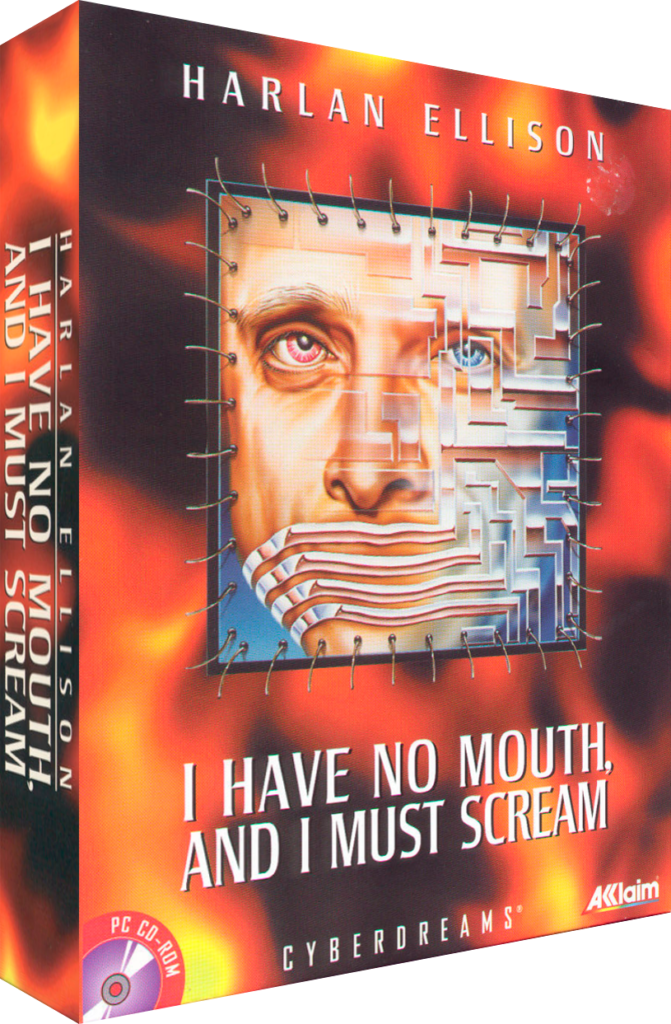
What I Dislike, or Considerations, for I Have No Mouth, and I Must Scream
While the short story remains a haunting example of fiction in every sentence, I Have No Mouth, and I Must Scream doesn’t evoke the same tension. It allows room to breathe or refocus on another character, which reduces the horror such a story evokes. While the characters participate in their torment, the loss of agency and hopelessness doesn’t translate in the execution.
Some mechanical and gameplay issues are noteworthy. For example, the saving mechanic remains dated, piling up if you save often or for specific reasons. Most of the mechanical issues stem from outdated UI from a gamer of a more modern era. Play it long enough, and elements start to click, but it needs that user investment.
Point-and-click caters to a niche audience, so modern gaming audiences aren’t inherently the demographic. The puzzle-solving and gameplay won’t win you over if the genre isn’t to your taste. Even within the genre, many of the puzzles remain challenging. For fans of the genre, this likely earns a positive merit. For those looking to continue the short story, this challenge will prove an obstacle.

Final Thoughts
I Have No Mouth, and I Must Scream provides a new opportunity for the award-winning story to reach new audiences and continue to grow. Not satisfied with repeating his story in a new medium, Harlan Ellison expands this bleak world through the point-and-click game. While not as haunting as the short story, this game provides the most context and development of any adaptation before it.
















